The ancient and sacred features of Lam Kinh Special National Relic Site (Tho Xuan).
Lam Kinh for thousands of years
The old forests have embraced and protected the Lam Kinh Special National Relic Site (hereinafter referred to as Lam Kinh) for generations and have also accompanied Lam Kinh through many ups and downs of time and historical changes.
From the golden age left its mark. After driving the Ming invaders out of the country, Le Loi ascended the throne in Thang Long - Hanoi, took the reign name Thuan Thien, named the country Dai Viet, opened a period of independence and prosperity for the country that lasted nearly 360 years. After ascending the throne, King Le Thai To changed the Lam Son land to Lam Kinh (Tay Kinh) to distinguish it from Dong Kinh. From then on, Lam Kinh became the fundamental land of Dai Viet during the Le Dynasty. Along with that, the king advocated the construction of dozens of large-scale temples and mausoleums in this place, collectively called Lam Kinh, also known as Tay Kinh to show respect to ancestors, to the homeland, the resting place of kings, royal mothers, and the place where ceremonies were held when the king paid homage to the mausoleum.
Regarding the scale of Lam Kinh, the book "Lich Trieu Hien Chuong Loai Chi" by historian Phan Huy Chu described very specifically: "Lam Kinh Palace leans against the mountain behind, looks out to the river in front, surrounded by green mountains and water on all four sides, and dense forests. The Vinh Lang of Le Thai To, the Thieu Lang of Le Thanh Tong and the tombs of the Le Dynasty kings are all there. Each tomb has a stele [...]. The palace is made of three interconnected buildings, the exemplary "cong" character style is similar to the style of temples in the capital. Going up each step, then looking down, you can see mountains and streams on the left and right sides, one after another, truly a beautiful place to build a career".
The book "Dai Nam Nhat Thong Chi" of the National History Institute of the Nguyen Dynasty recorded: "Lam Kinh of the Le Dynasty: located to the east of Lam Son mountain in Quang Thi commune, Thuy Nguyen district, the south facing the Luong river, the north leaning against the mountain, was the land of Le Thai To's estate. At the beginning of the Thuan Thien dynasty, this land was established as Tay Kinh, also called Lam Kinh, building a palace facing the river, behind the palace there was a large lake, similar to Kim Nguu lake, the mountain streams flowed into this lake. There was also a small stream originating from the lake flowing in front of the palace, wrapping around like an arc, building a tiled bridge over the stream, crossing the bridge to reach the palace...".
The migrations of time and the many changes of history have had a significant impact on the scale and architecture of Lam Kinh. There was a time when this place became deserted and desolate. Then, after many efforts, dedication, and sincerity of many generations, Lam Kinh was gradually restored, preserved, and promoted to its value, worthy of being a spiritual "capital".
Truong Nguyen Mausoleum.
Coming to Lam Kinh today, visitors are moved to tears thinking about a heroic historical period of more than 10 years of "tasting honey and lying on thorns" of the Lam Son insurgents under the leadership of Binh Dinh King Le Loi who rose up together to fight against the brutal Ming army, creating a glorious and resounding victory. The Lam Son uprising left a brilliant mark, becoming a symbol of solidarity, the will to rise up, and the determination to defeat the enemy, opening the most prosperous period of the Dai Viet nation in the feudal period.
" The land of the noble" Gia Mieu exterior
After defeating the Tay Son dynasty, in 1802, Nguyen Anh ascended the throne, named the reign Gia Long, and opened the Nguyen dynasty. In the midst of the busy work of a newly established dynasty, "the images of a land of origin and roots - the birthplace of his dynasty, Gia Mieu village and Tong Son district, truly evoked in King Gia Long a deep love for his homeland". For that reason, only 2 years after ascending the throne (1804), King Gia Long honored Gia Mieu village as "noble land", and Tong Son district as a noble district.
In particular, King Gia Long built Truong Nguyen mausoleum (also known as Trieu Tuong mausoleum) to worship Trieu To right at the foot of Thien Ton mountain and a temple area to worship the previous kings, called Trieu Tuong temple. The temple includes Nguyen temple and Trung Quoc Cong temple. Nguyen temple worships Trieu To Nguyen Kim, the right side worships Thai To Nguyen Hoang; Trung Quoc Cong temple worships Nguyen Van Luu - the father of Trieu To Nguyen Kim. According to recorded documents: 5 kings of the Nguyen dynasty returned to Gia Mieu to pay respect to their ancestors, including Gia Long, Minh Mang, Thieu Tri, Thanh Thai and Bao Dai. In 1822, King Minh Mang, during his return to pay respect, wrote an inscription and erected a stele right at the foot of Thien Ton mountain to highlight the prestige of the "blessed" land and praise the merits of Trieu To Nguyen Kim: "The land contains the sacred energy that gave birth to Trieu To/ Cultivating the moral standards to show the holy martial arts...".
In addition to Trieu Tuong mausoleum, also in 1804, Gia Mieu communal house was built on a land area of nearly 400 square meters, worshiping the village's tutelary god Nguyen Cong Duan. The communal house was built in the shape of the letter Dinh with two main buildings and a back palace. The grandeur and uniqueness in architecture, sculptures, and carvings of Gia Mieu communal house bear the mark of the Nguyen Dynasty.
Trieu Tuong Temple.
Nguyen Dinh Luan, the custodian of Trieu Tuong Temple, shared: “Our generation was born and grew up with the image of the old Trieu Tuong Temple still remaining. However, the passage of time, the years of “stray bombs and bullets” and different historical contexts, the mausoleum was completely destroyed”. In order to preserve and promote the unique historical and cultural values, and meet the needs and aspirations of the people, the Trieu Tuong mausoleum has been given attention for restoration and embellishment. The archaeological research and excavations conducted have revealed many things about the scale and architecture, helping future generations have a more comprehensive, realistic and sharper view of this unique relic site, which is considered a miniature “Hue citadel”.
Recently, all levels, sectors and local authorities held a groundbreaking ceremony for phase 2 of the Project to preserve, restore and promote the value of Trieu Tuong Mausoleum and Temple Relic Site. Accordingly, the scale and investment content include the following areas: Trieu Tuong Temple Area, the area to promote the value of the relic, Truong Nguyen Mausoleum Area, Ong Temple Area and traffic routes. Mr. Luan confided: “We are very happy and excited to witness the vestiges of our ancestors being increasingly cared for, invested in to be more spacious and beautiful. This is a great motivation for generations of Ha Long commune people to continue to join hands to preserve and promote the value of the relic, constantly striving to build our homeland and country to develop more and more”.
Every time we return to the Lam Kinh National Special Relic Site, to the Gia Mieu land outside the palace, we sincerely light incense before the tombs of our ancestors, each of us is more deeply imbued with the beauty of ancestor worship, the sacredness and nobility of our origins. From the deep forests to the countryside nestled in the heart of the valley, Thanh land, "a land of talented people", is engraved in the history of the nation with the brilliance of dynasties, glorious victories, and sparkling culture...
Article and photos: Thao Linh
Source: https://baothanhhoa.vn/nhung-neo-ve-nguon-coi-243935.htm


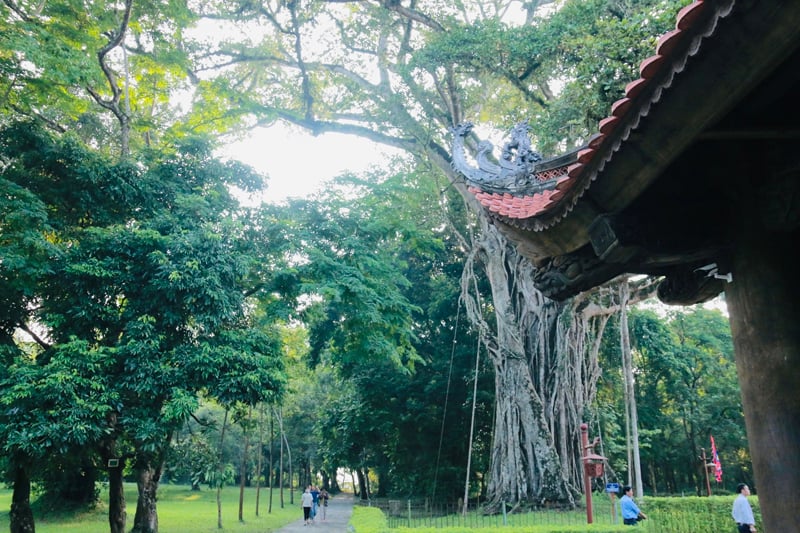

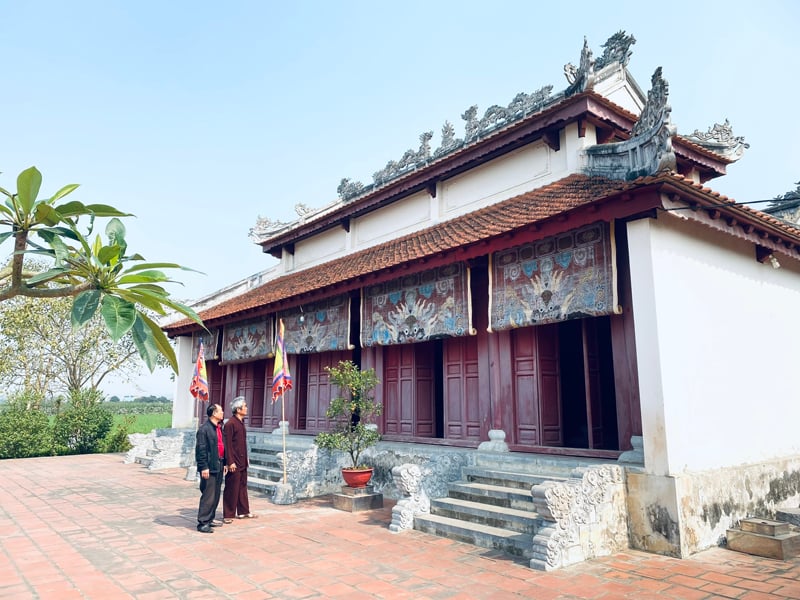
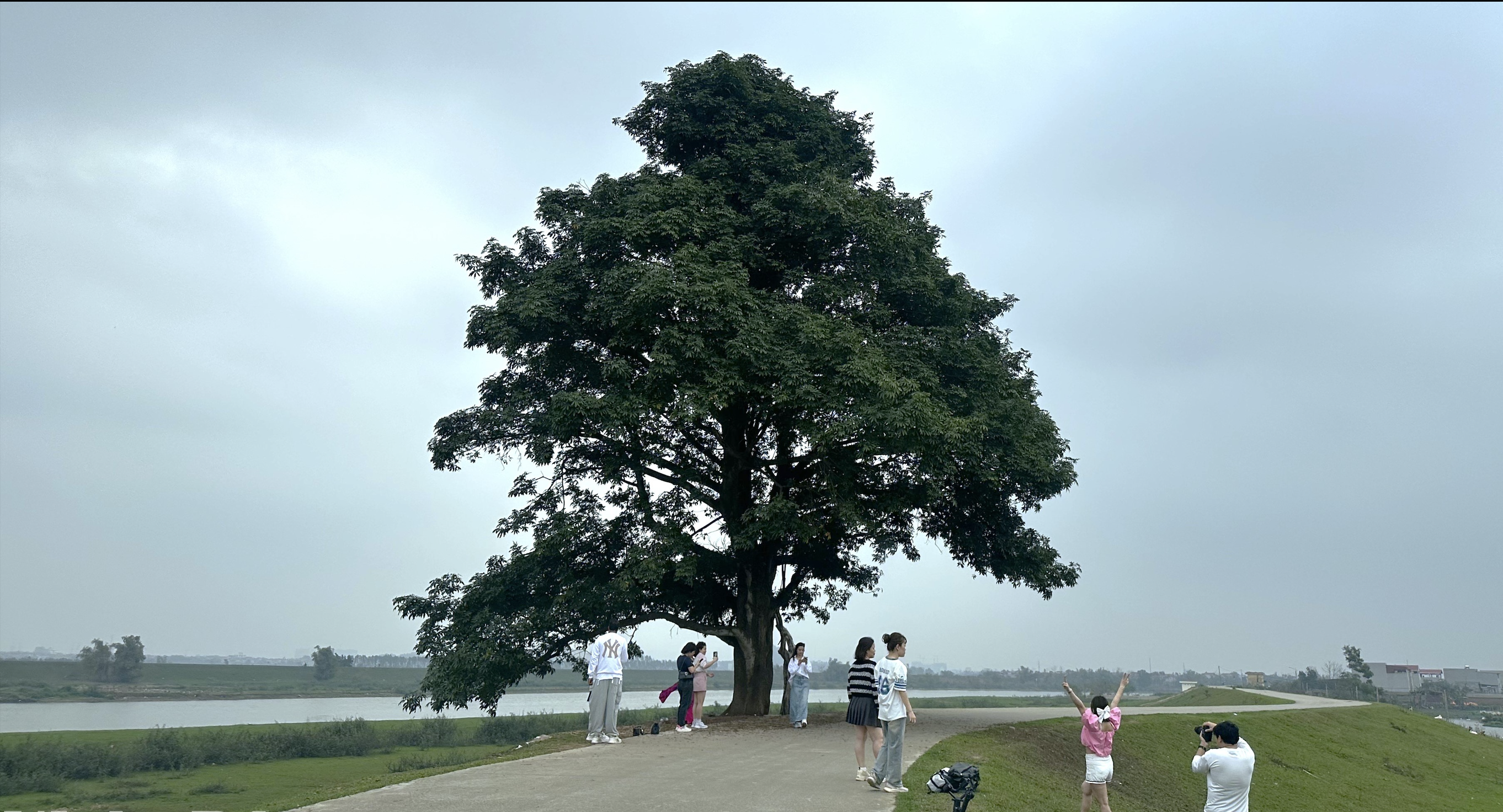

![[Photo] Prime Minister Pham Minh Chinh chairs meeting on US imposition of reciprocal tariffs on Vietnamese goods](https://vstatic.vietnam.vn/vietnam/resource/IMAGE/2025/4/5/9b45183755bb47828aa474c1f0e4f741)


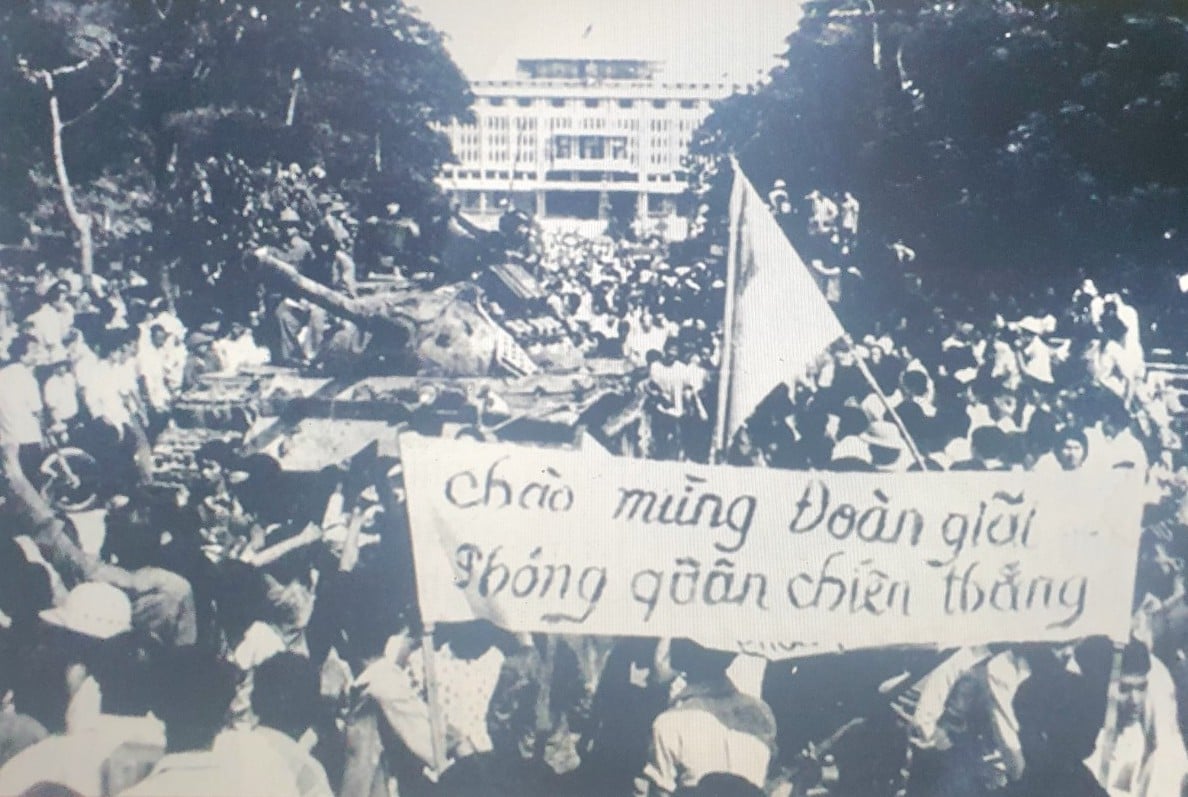

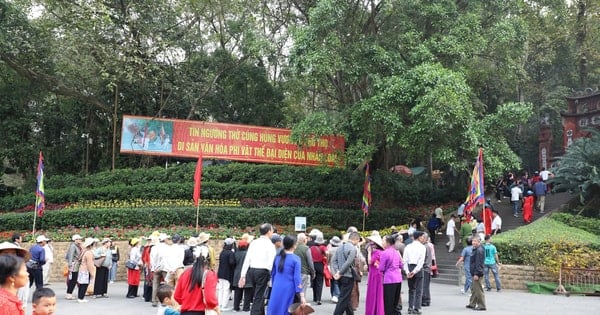
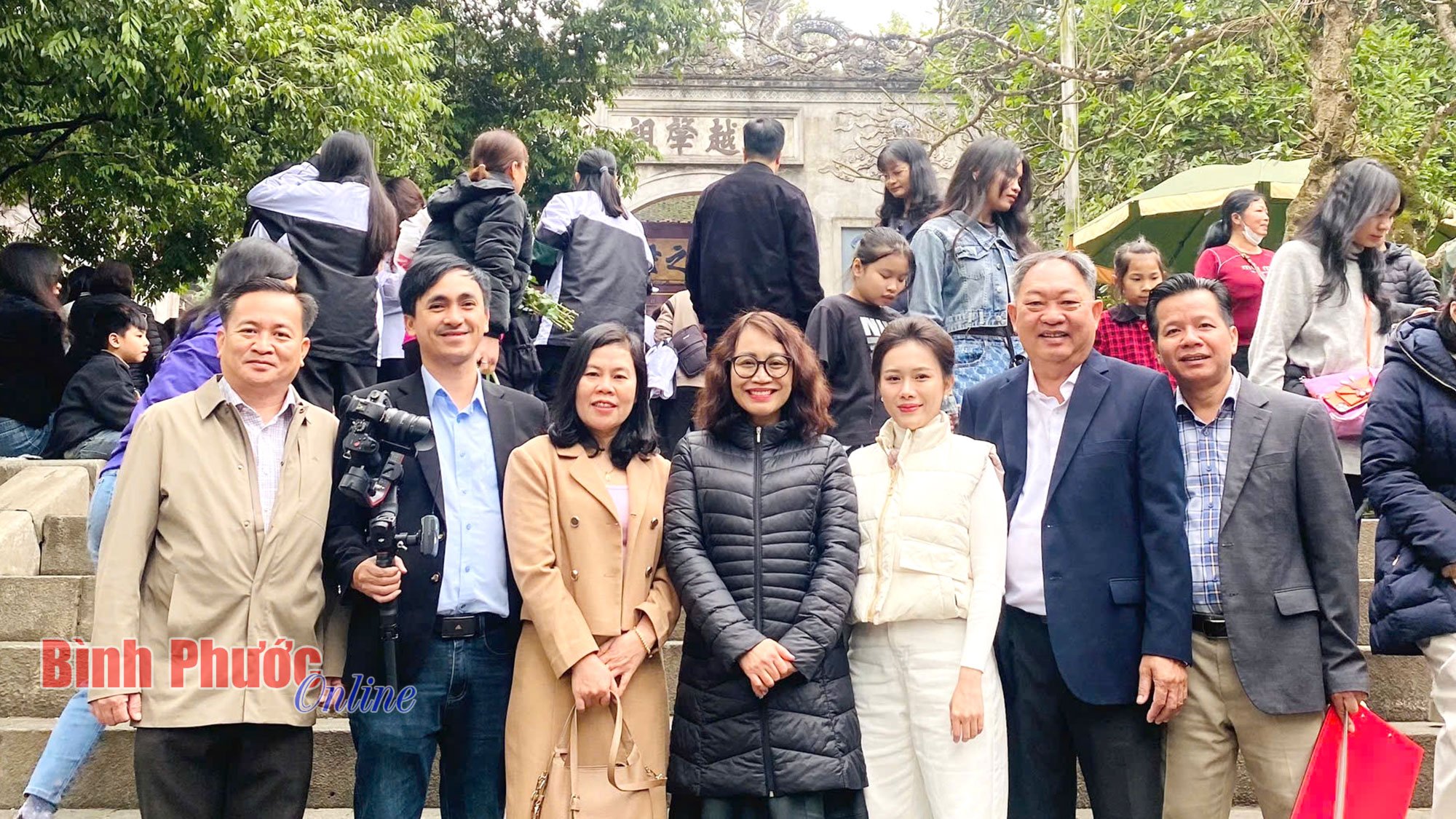
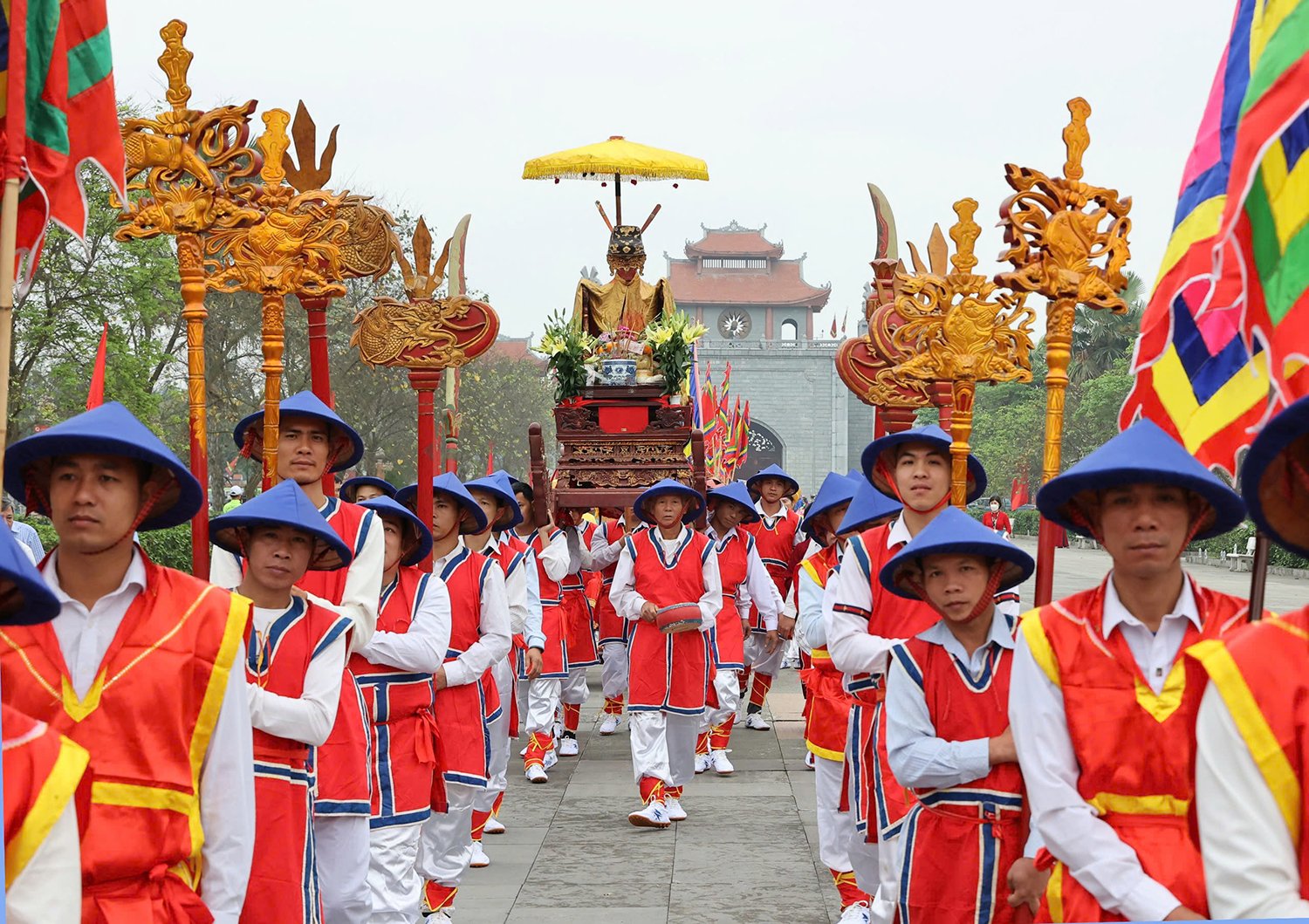
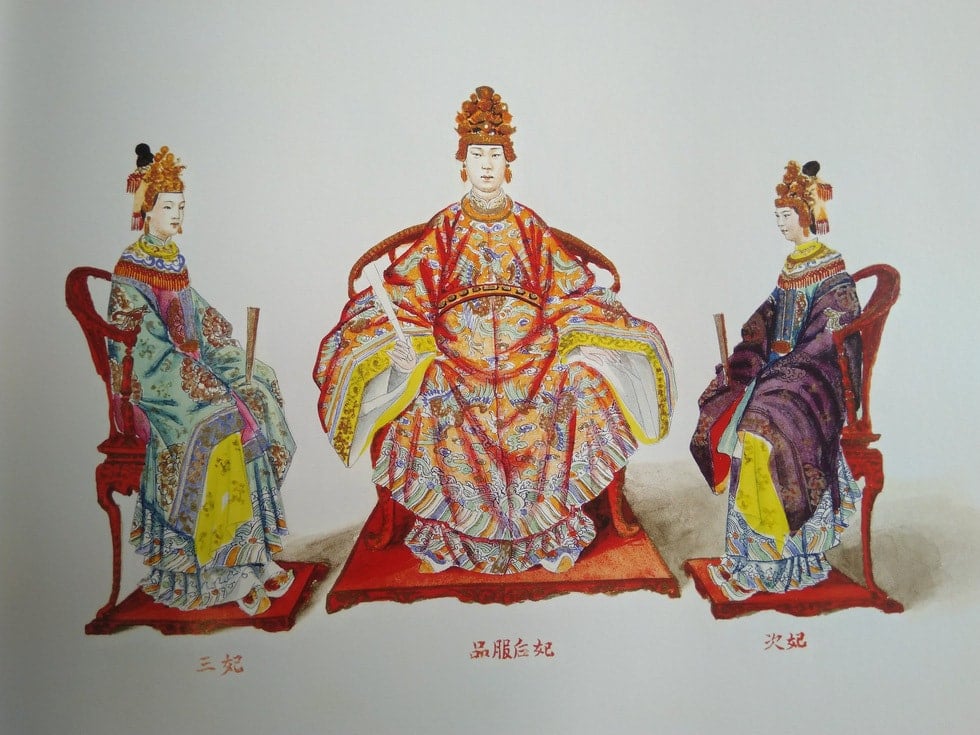


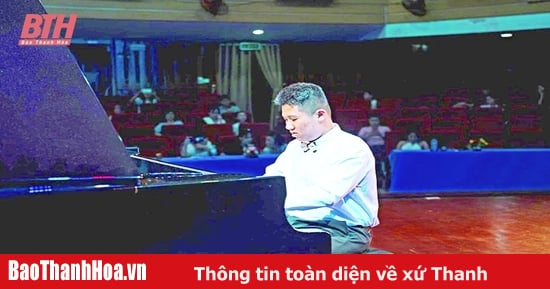

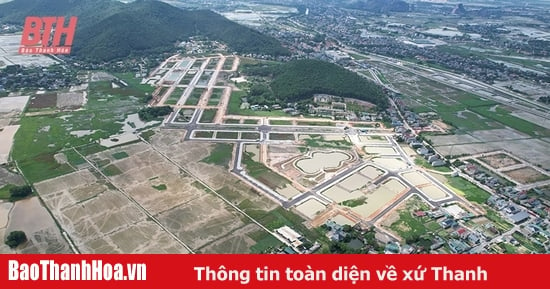
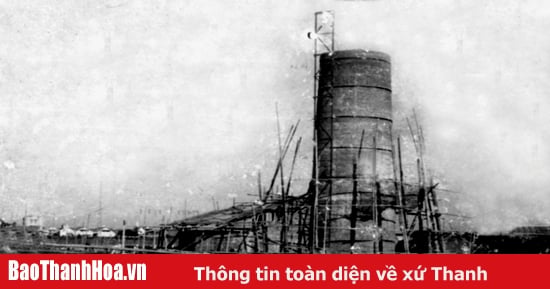
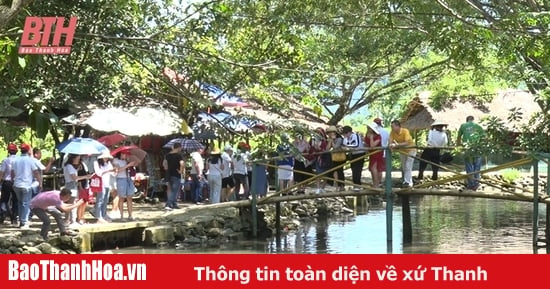


![[Photo] Hanoi flies flags at half-mast in memory of comrade Khamtay Siphandone](https://vstatic.vietnam.vn/vietnam/resource/IMAGE/2025/4/5/b73c55d9c0ac4892b251453906ec48eb)
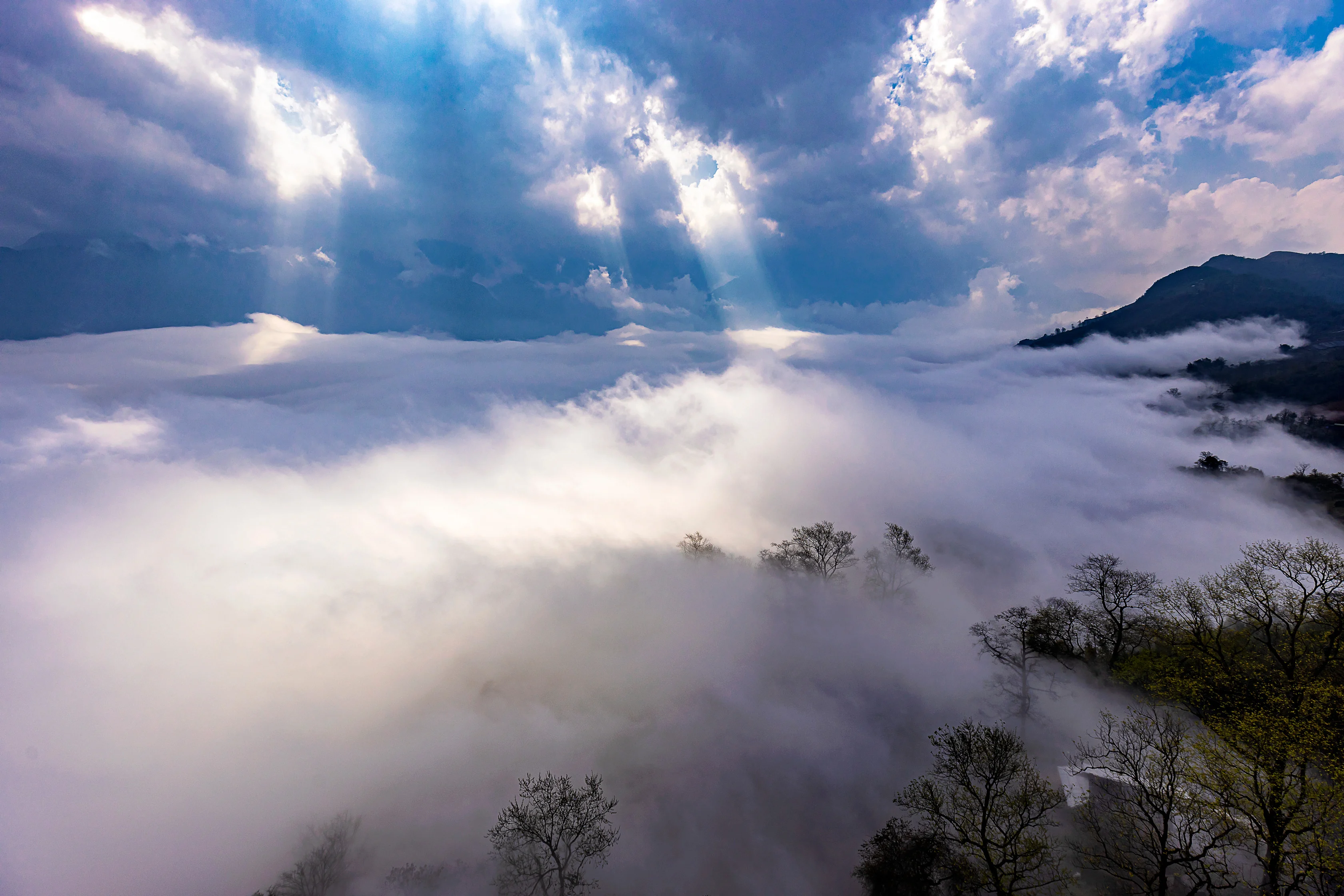
![[Photo] Dong Nai people warmly welcome the forces participating in the parade](https://vstatic.vietnam.vn/vietnam/resource/IMAGE/2025/4/5/ebec3a1598954e308282dcee7d38bda2)

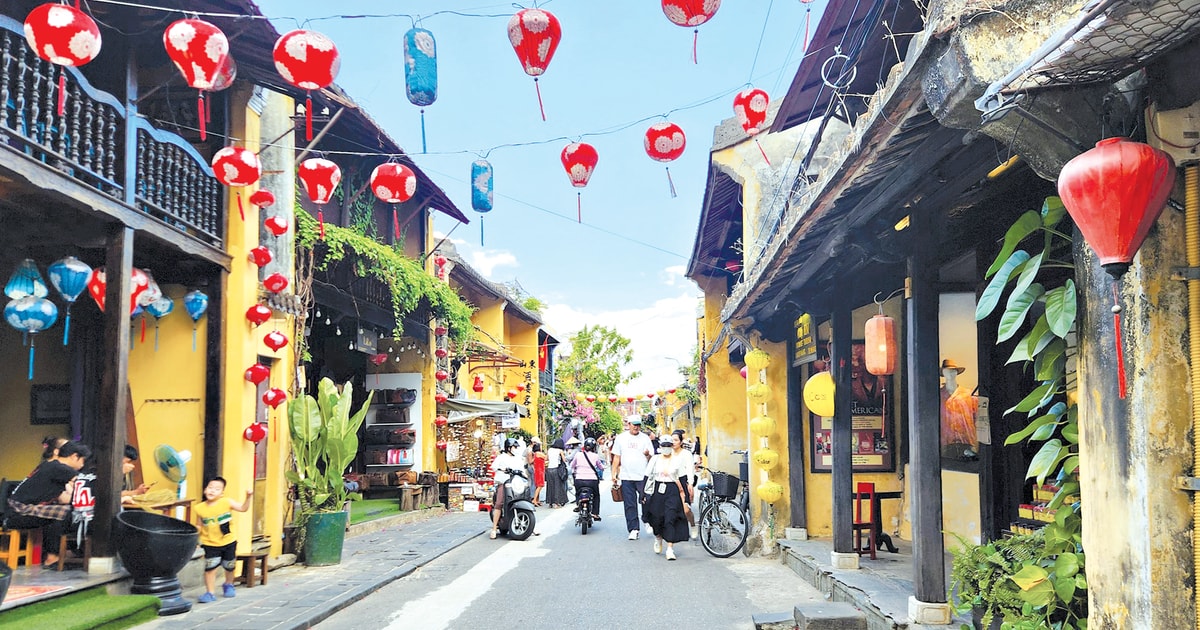

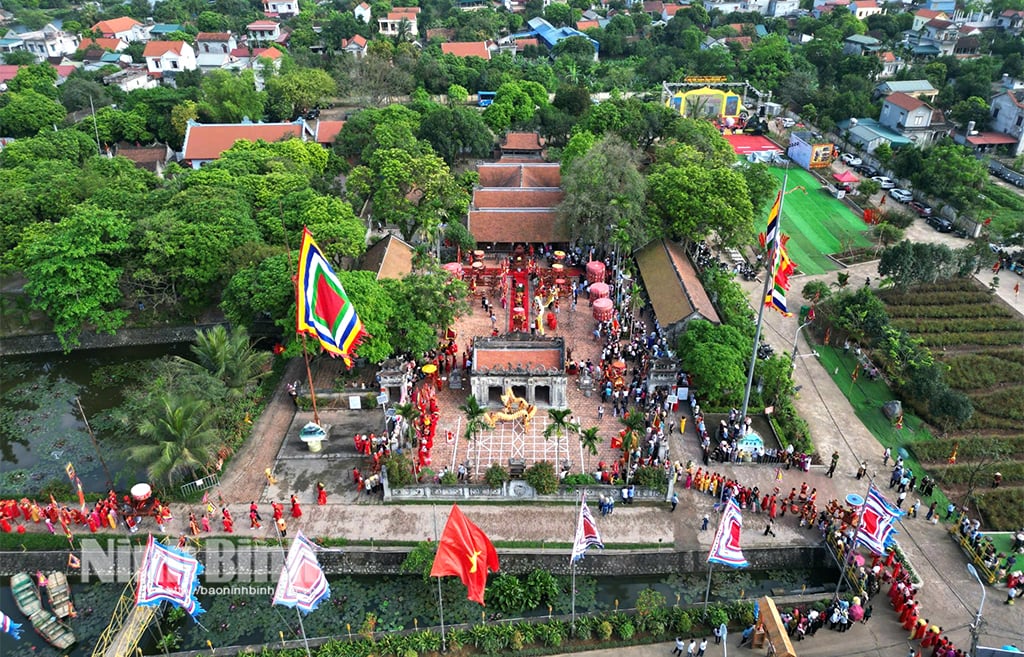



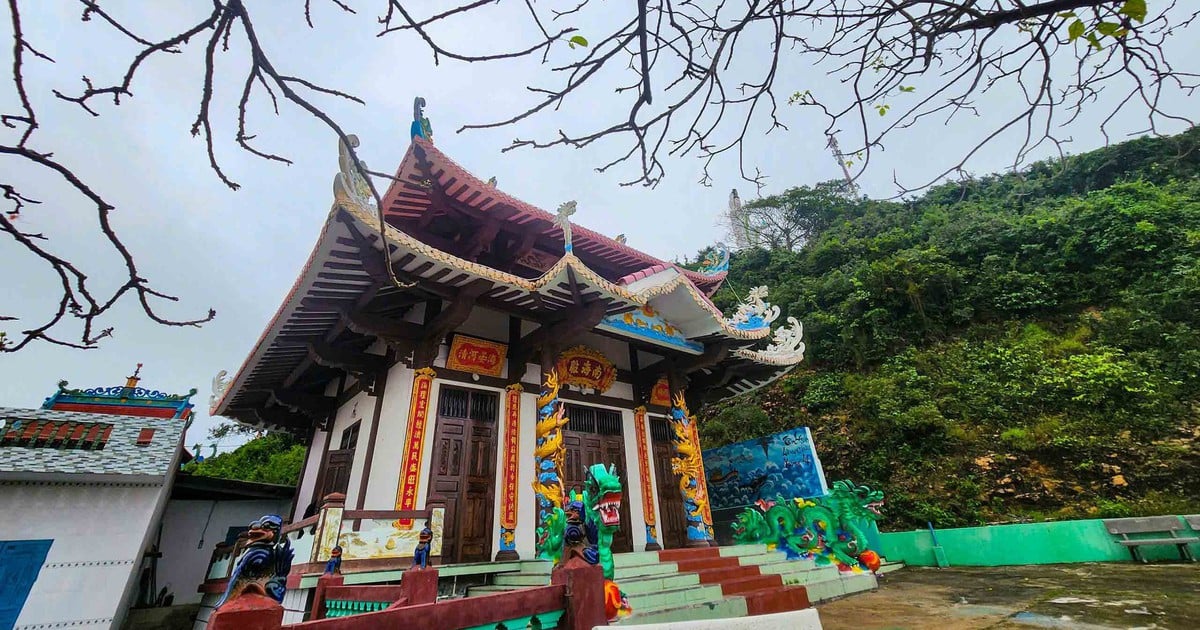

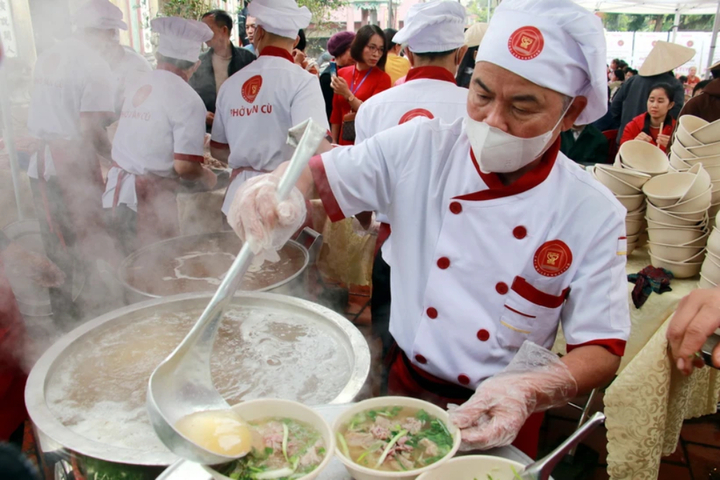

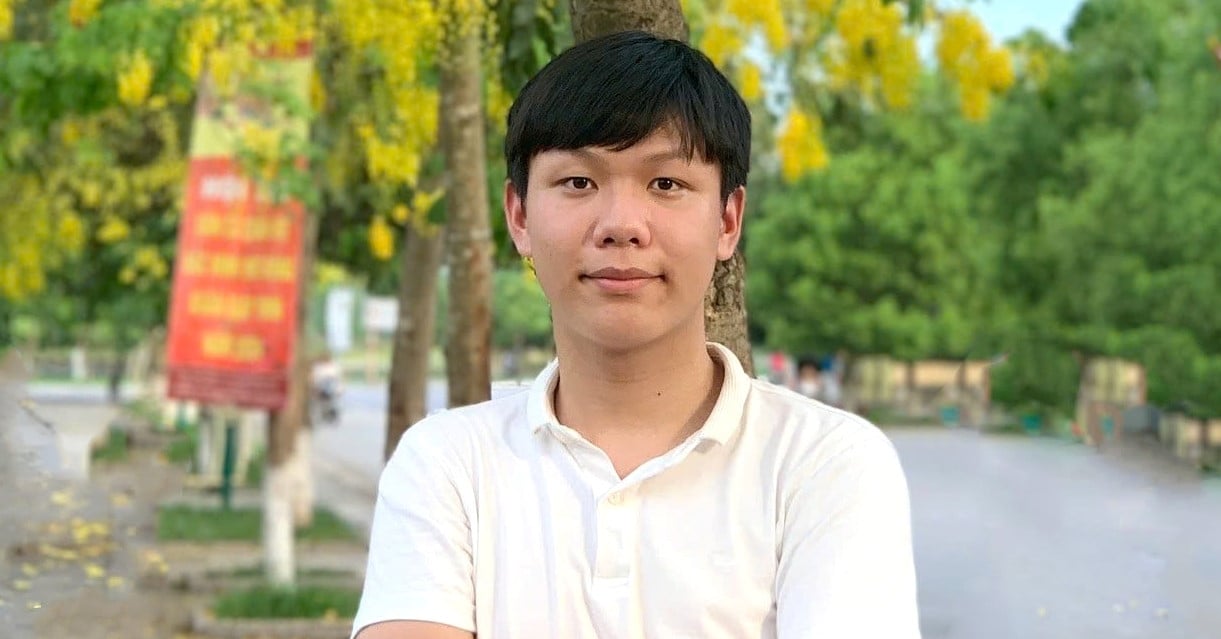

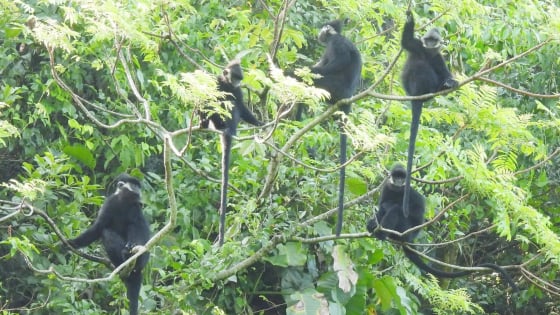

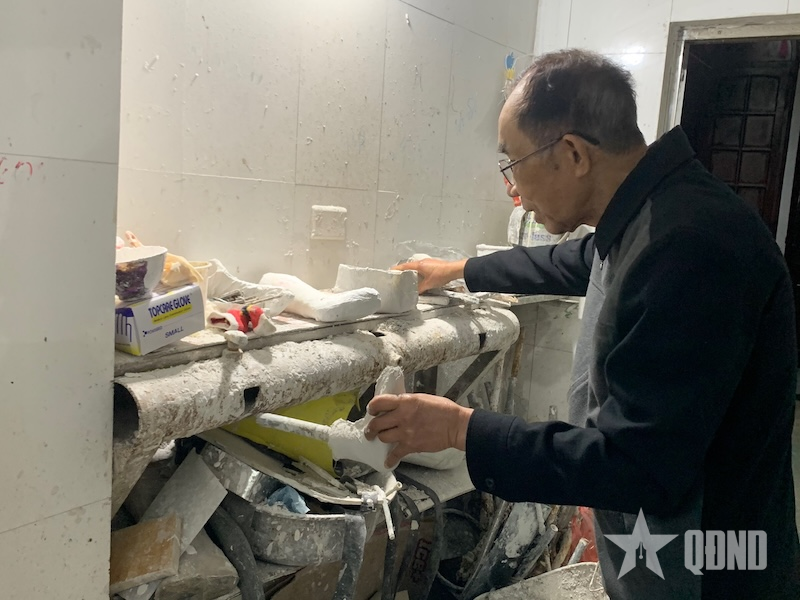

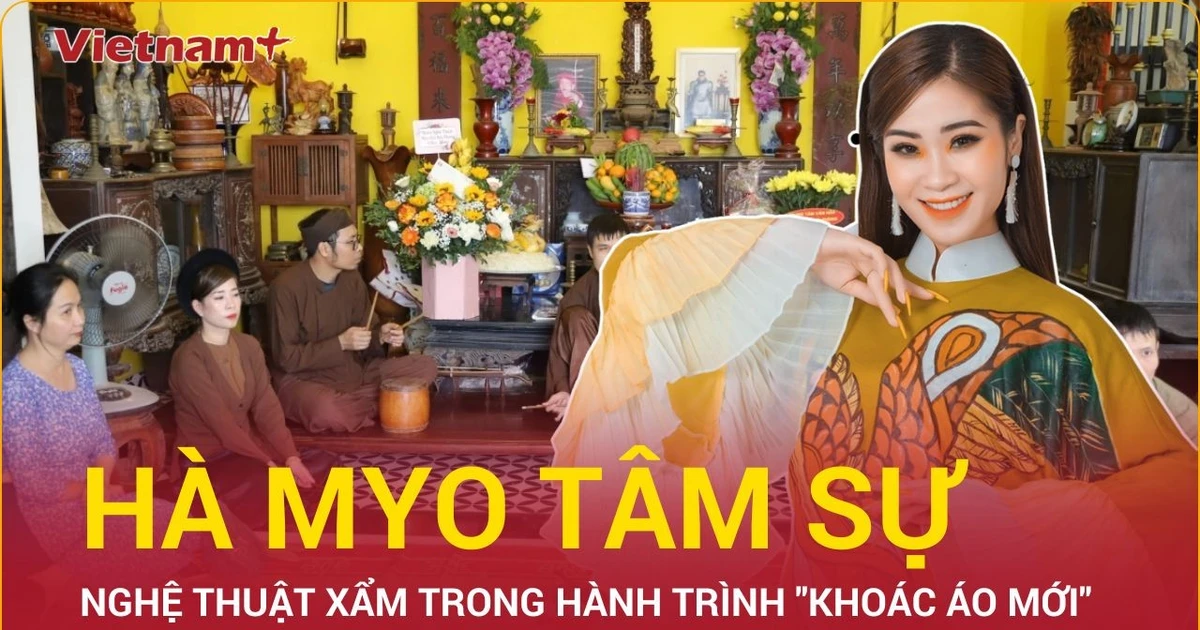

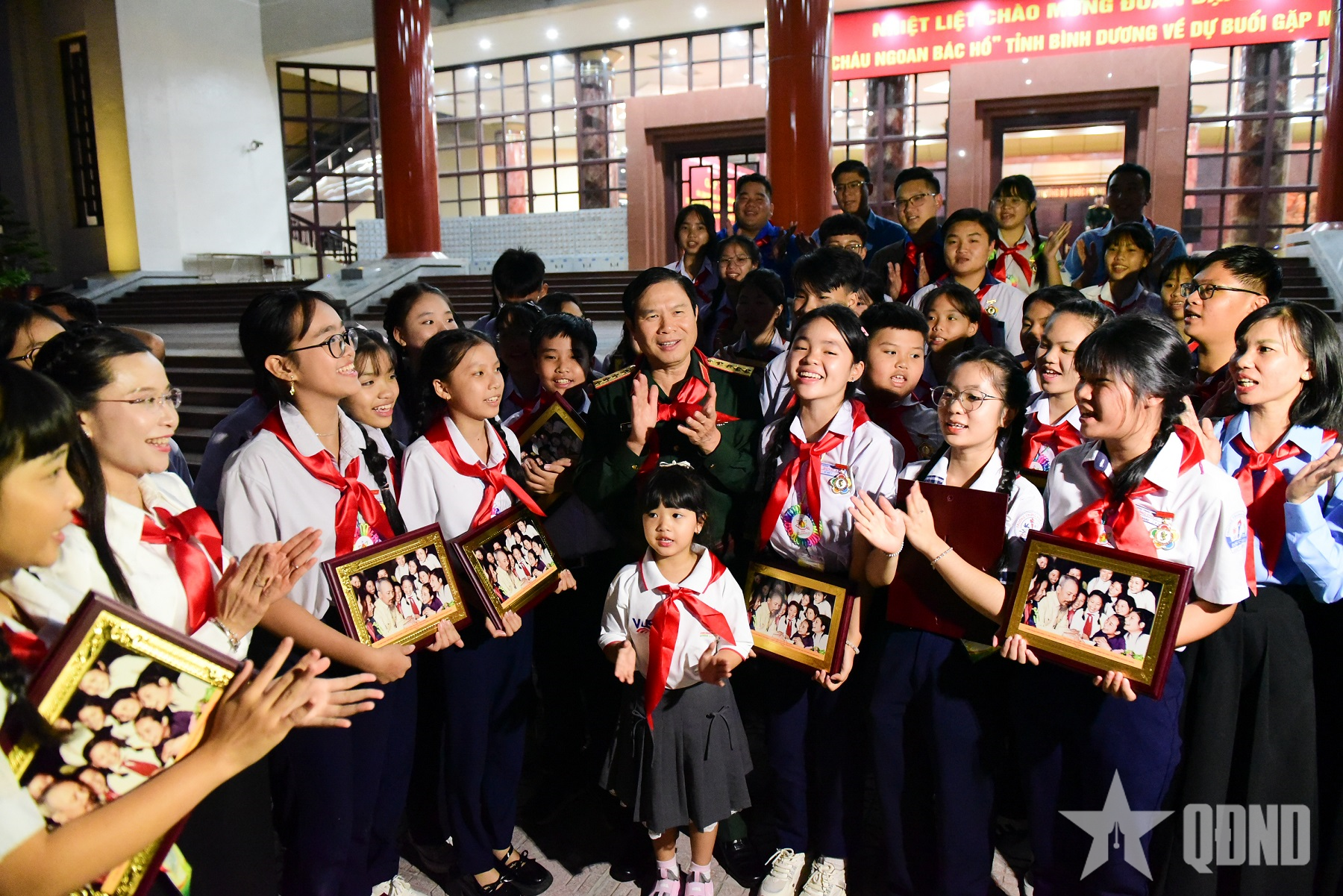

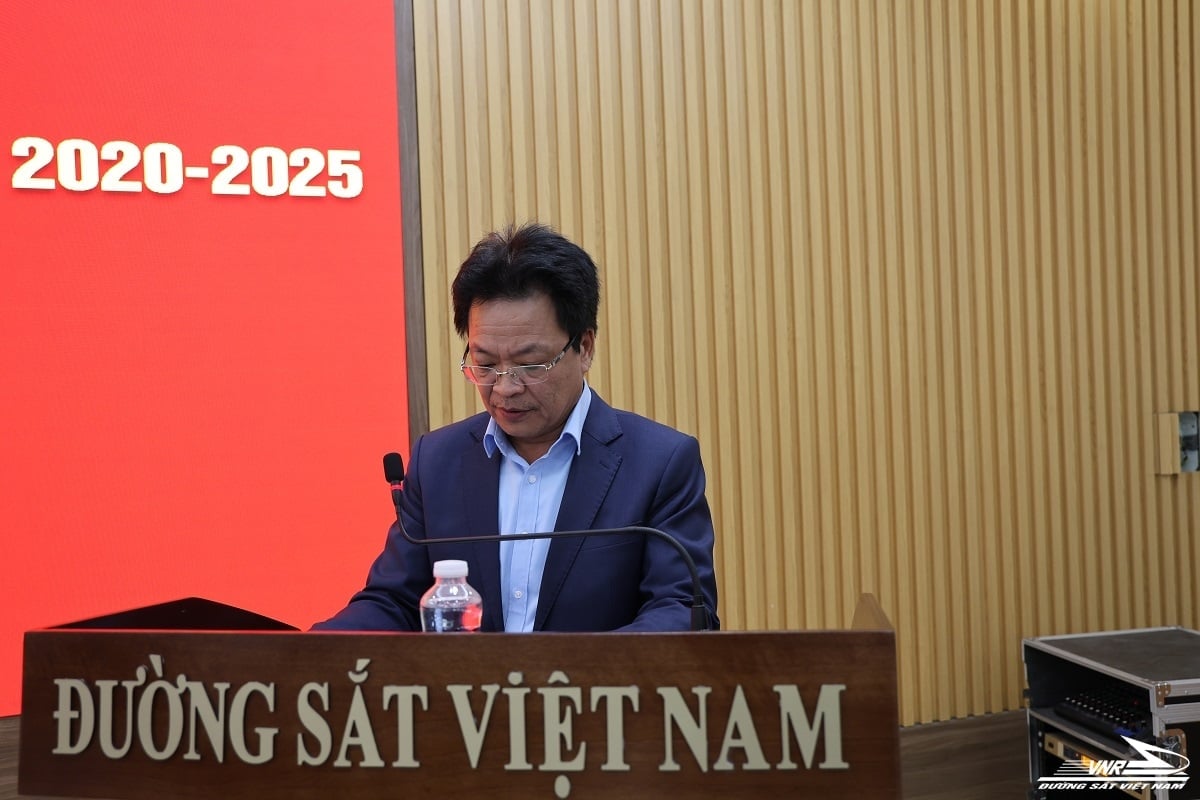

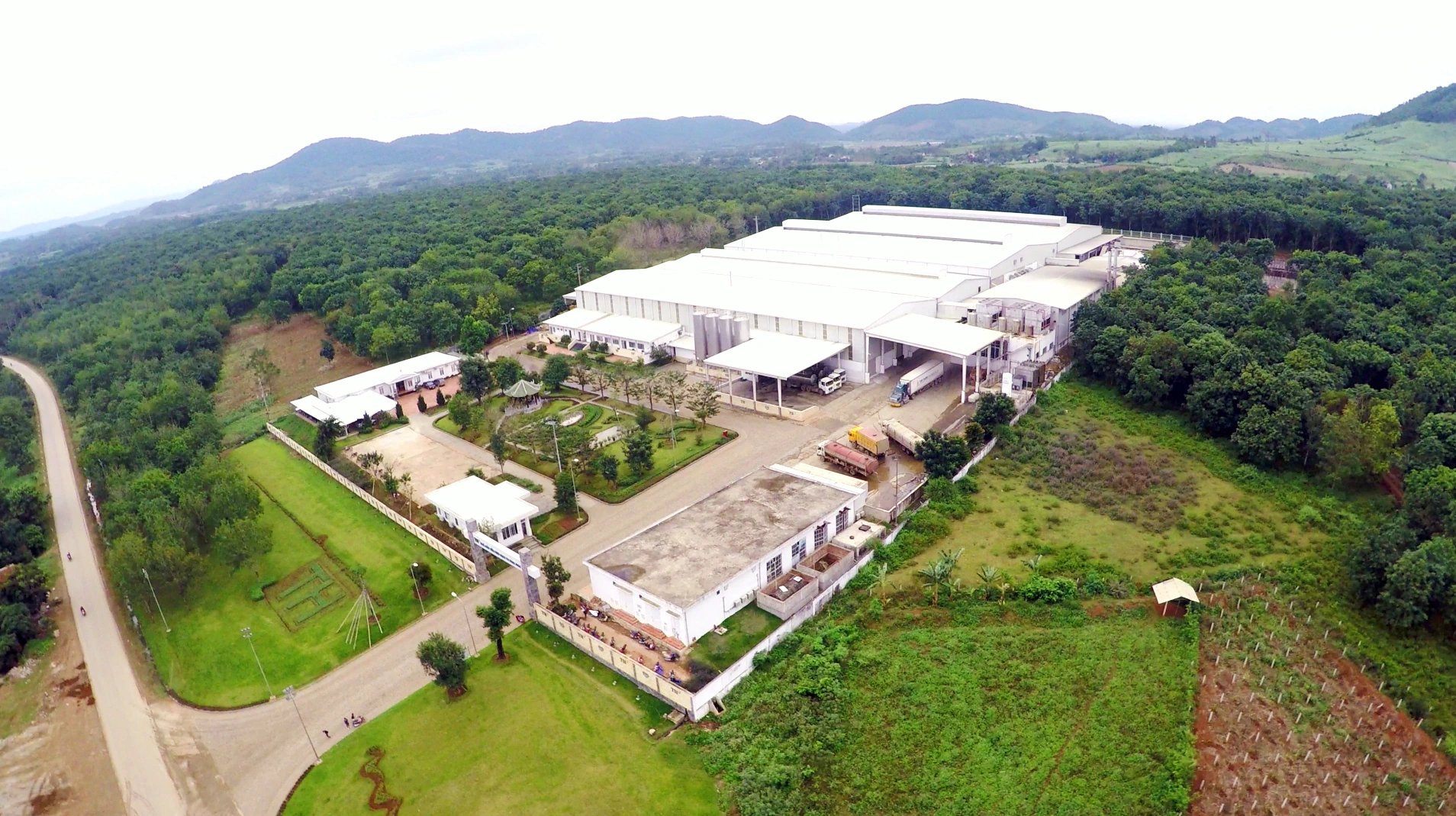




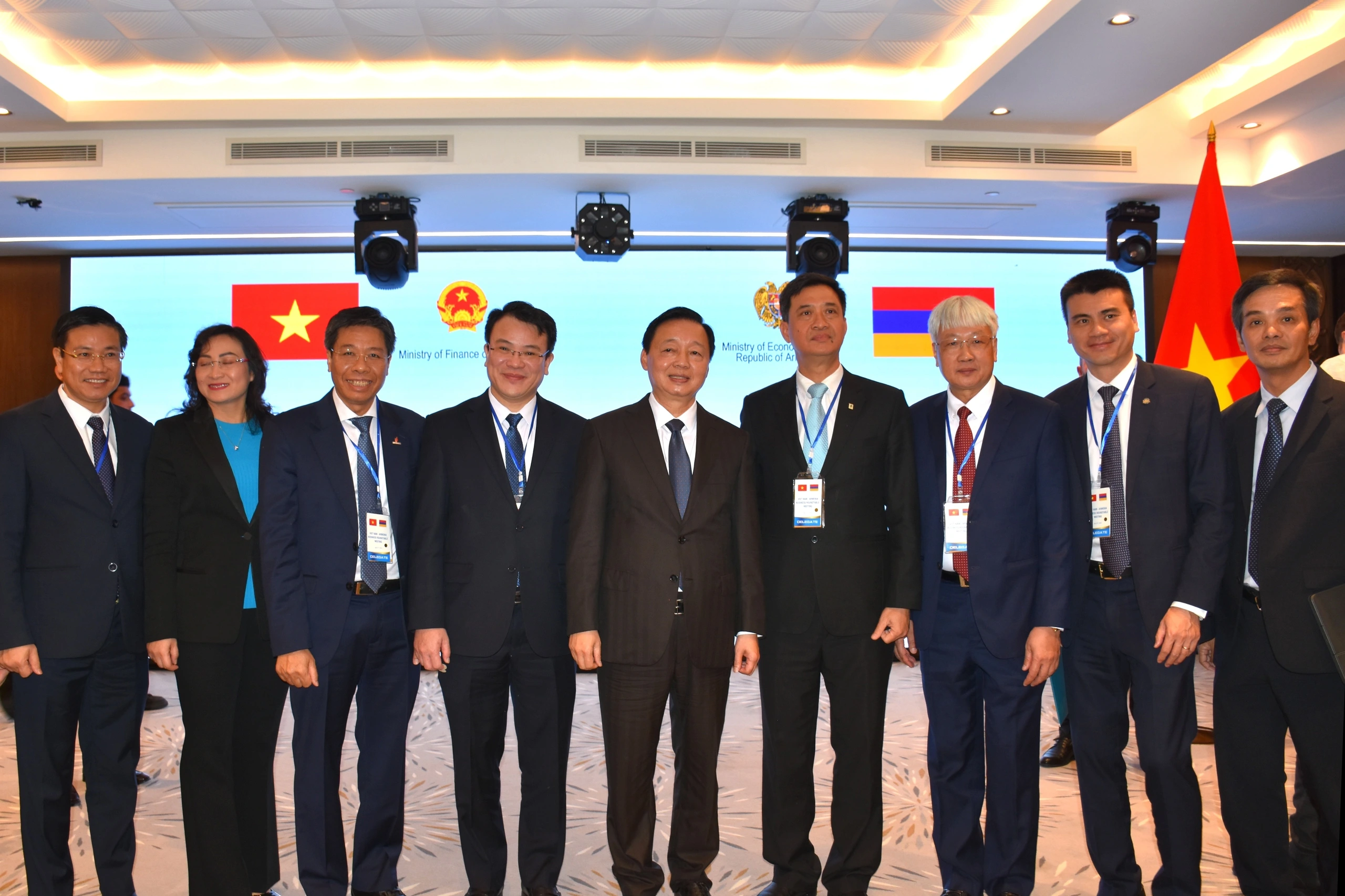



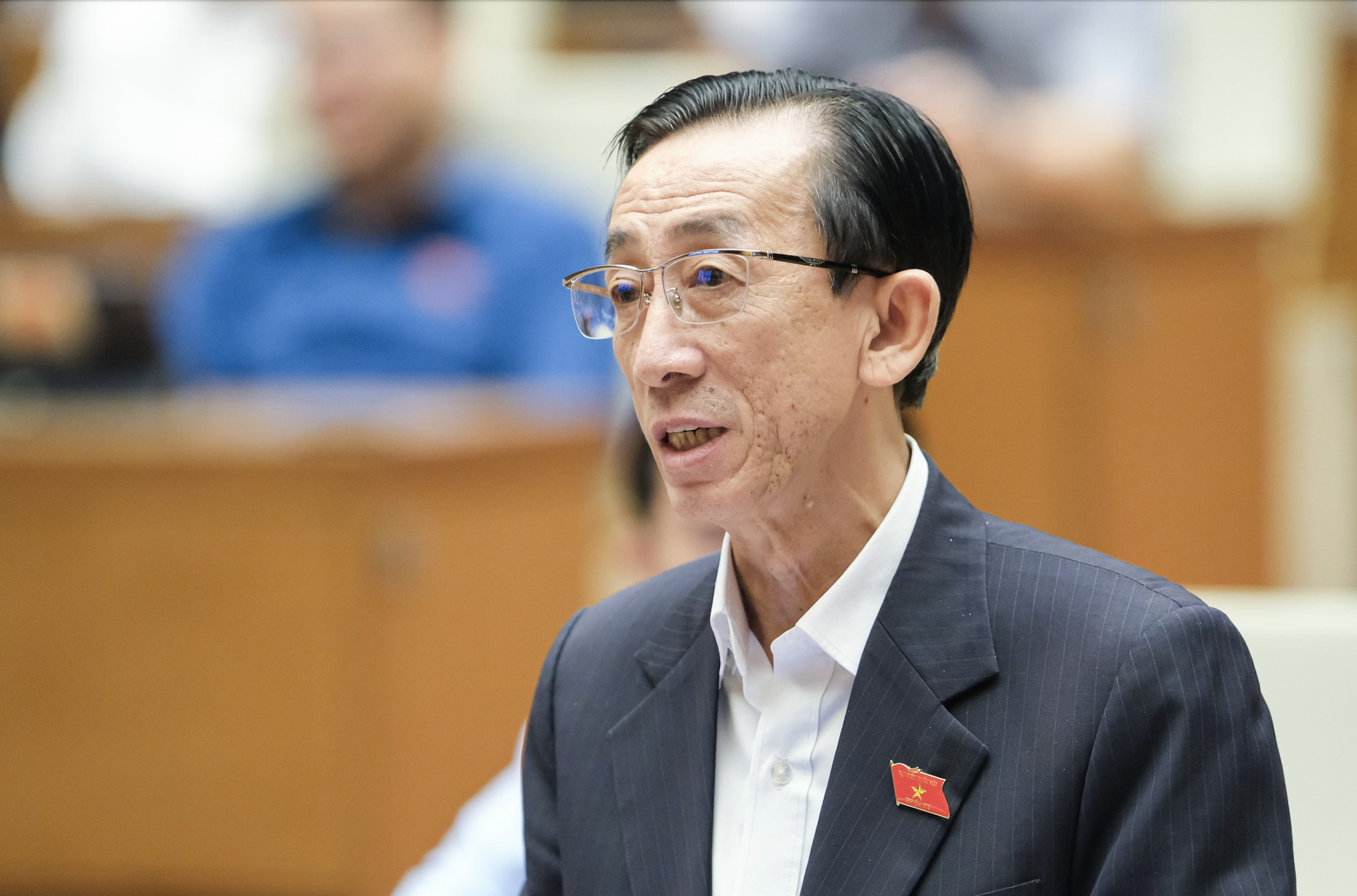




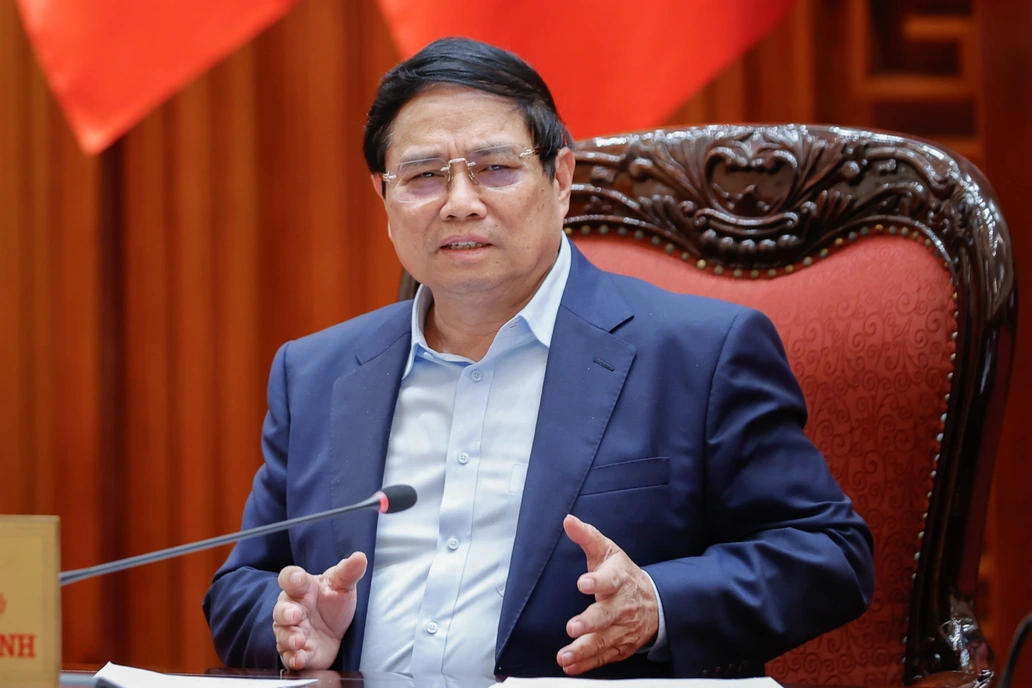










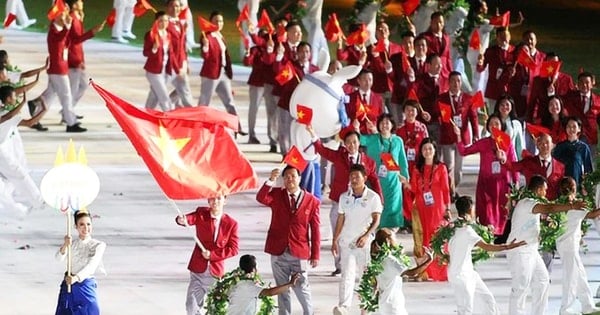
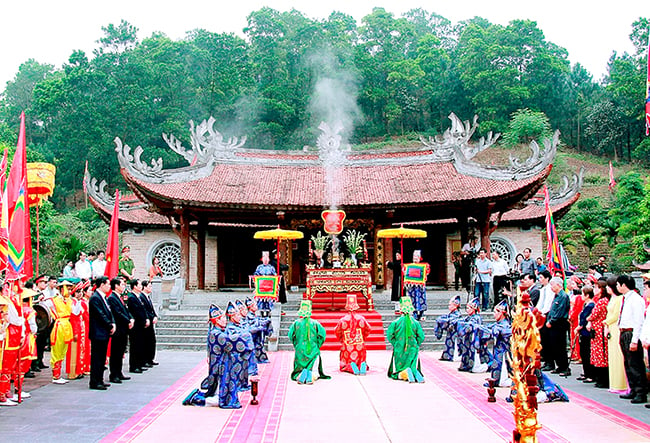
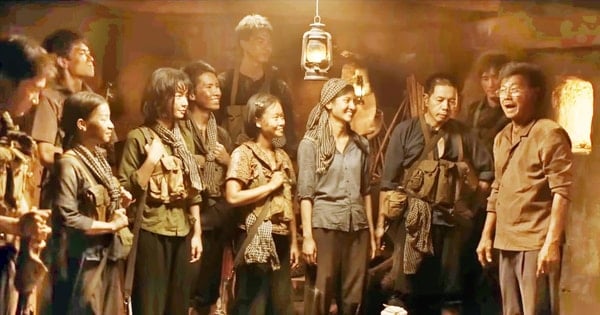
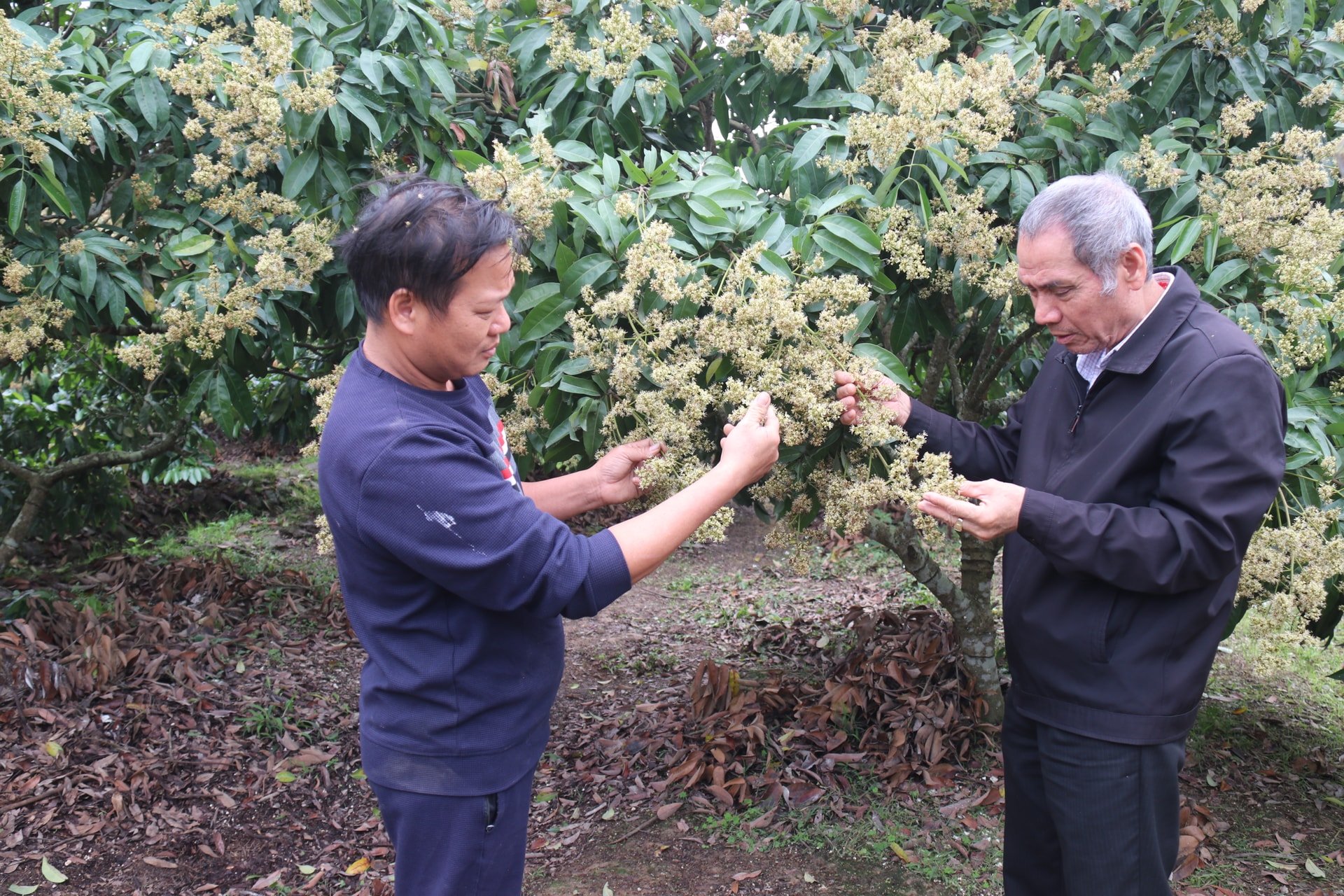



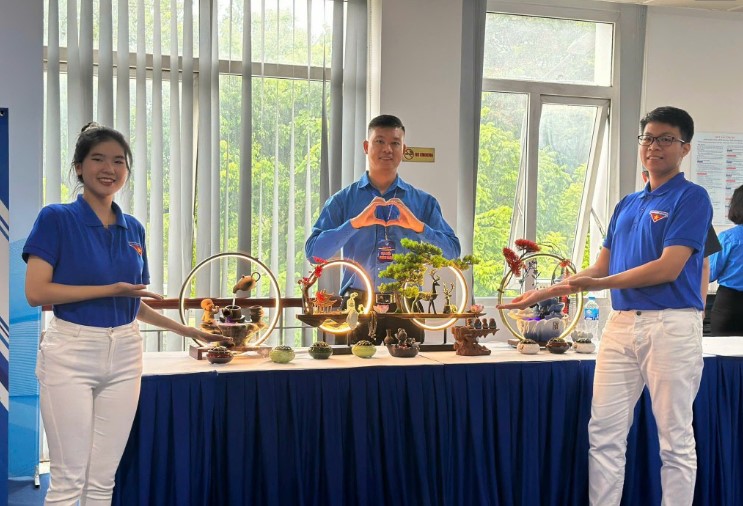
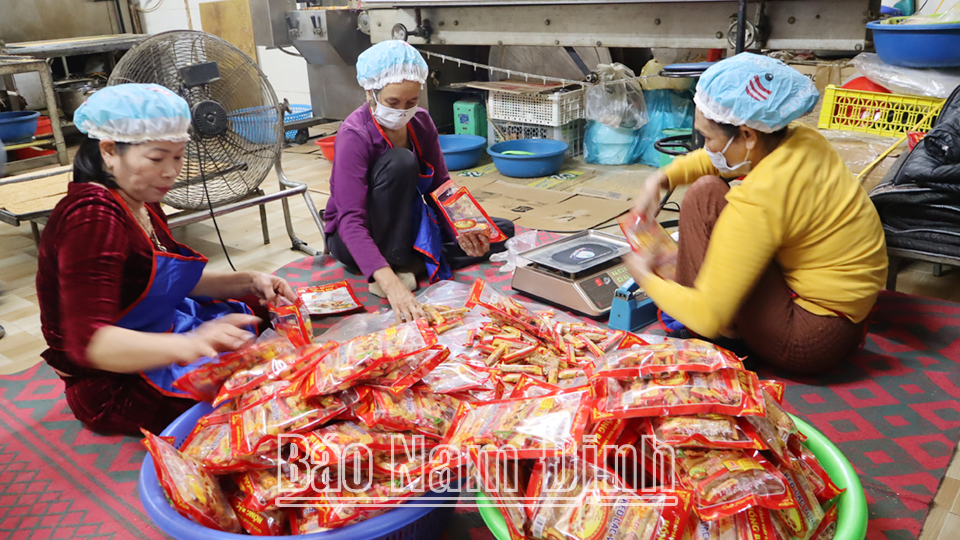





Comment (0)